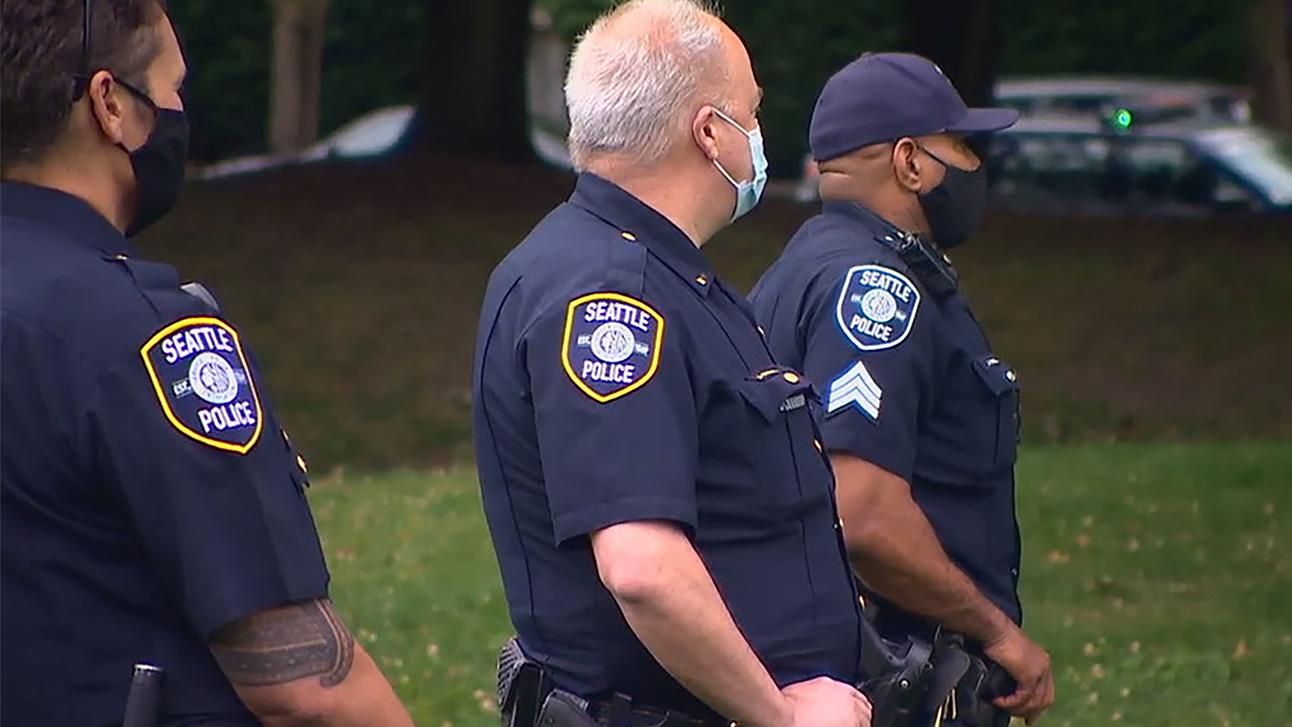Kerby Anderson
Protesters in the streets want to “defund the police.” Politicians assure us that doesn’t mean complete defunding, but it does mean that they will reduce the size of the police force. These intentional actions have unintended consequences, but not unexpected consequences.
You can see this in a chart created by Joseph Sullivan that predicts the side effects of Seattle’s intended reduction of police officers. The city council in Seattle voted to enact what one New York Times reporter described as the “most ambitious” overhauls of policing in America. Using layoffs and attrition, they expect to shrink the police force by 100 officers.
Using a study from the Journal of Public Economics, you can begin to estimate the number of additional crimes that will likely surface in Seattle. Multiply that number by 100, and you can calculate the expected number of additional crimes. That would be 10.7 additional murders, 53.2 additional rapes, and 198.4 additional robberies per year.
But that is not all. Fewer police officers mean that there would likely be fewer traffic stops. That could mean less interaction with minorities which sometimes do perpetuate racial inequalities. But it also means that fewer speeders, drunk drivers, and distracted drivers will be stopped by police. That would even make driving more dangerous in Seattle.
Seattle is just one city that is setting out on a societal experiment by reducing the police force. It is possible that these calculations (based on national averages) may not apply to this city. But the city council is making the assumption that fewer police officers will make their city safer and is the best way to address racial inequality.
I think they are taking a big risk and are putting more Seattle residents in danger.
 Listen Online
Listen Online Watch Online
Watch Online Find a Station in Your Area
Find a Station in Your Area











 Listen Now
Listen Now Watch Online
Watch Online
